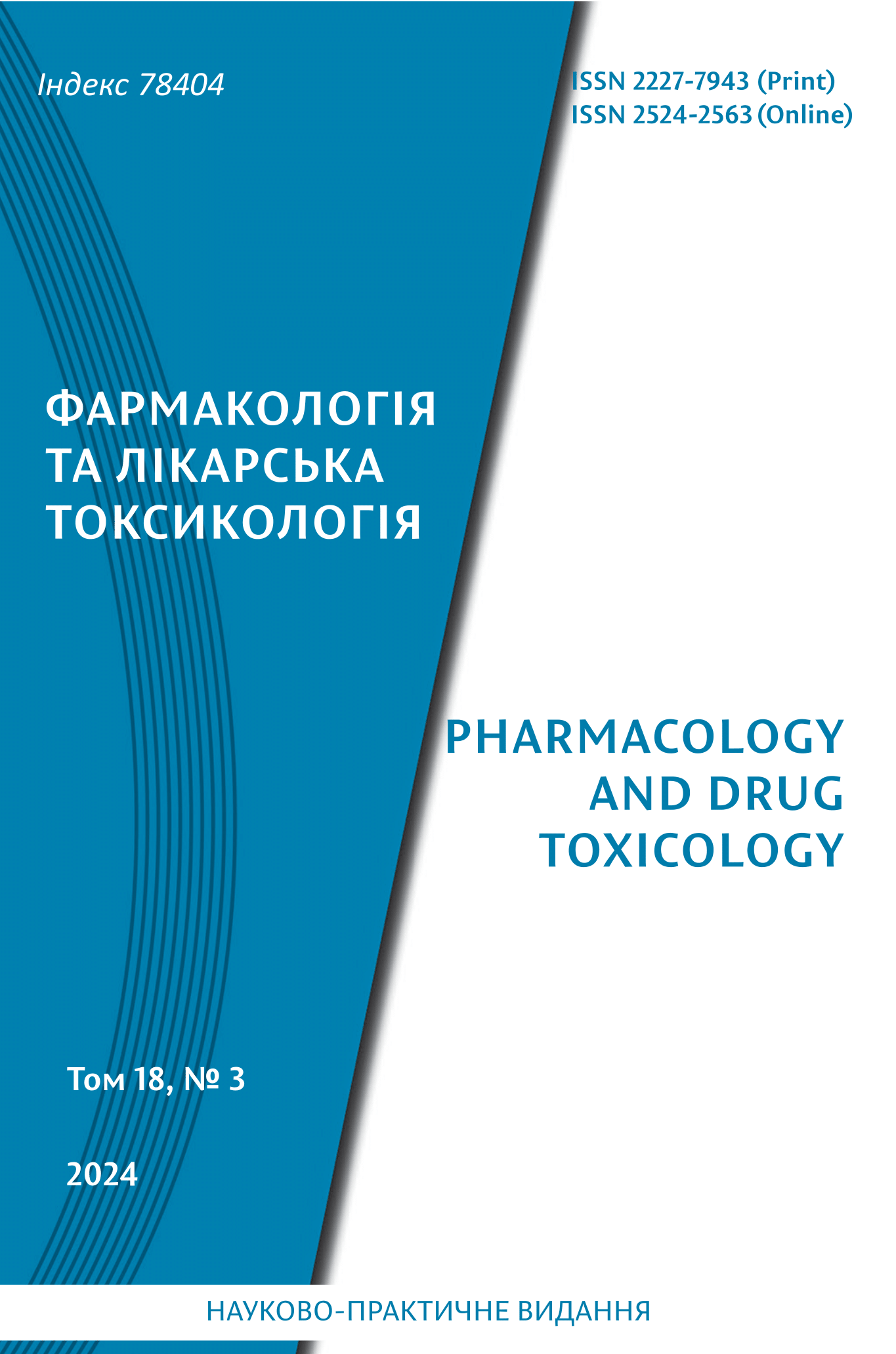Abstract
Hypoxic pulmonary vasoconstriction (HPV) is a reflex contraction of the vessels of the pulmonary circula- tion at a low partial pressure of oxygen in the alveoli, is an important adaptive mechanism. It optimizes blood oxygenation under conditions of hypoxia and ensures prevention of hypoxemia. The relatonship between HPV and the development of pulmonary hypertension (PH), a life-threatening condition, has been actively debated in the literature.
The aim of the study – to analyze and summarize data from the scientific literature on the effect of drugs recommended for the treatment of PH, on the development of HPV and arterial blood oxygenation under hypoxia.
Endothelin receptor antagonists (ambrisentan, bosentan, masitentan), prostacyclin analogues (iloprost and treprostinil), phosphodiesterase inhibitors (sildenafil, tadalafil), soluble guanylate cyclase stimulators (riociguat) and calcium channel blockers (diltiazem, nifedipine, verapamil) are used as drugs for the pulmo- nary hypertension specific treatment. Most of these drugs suppress the increase in pulmonary arterial pres- sure under hypoxic conditions and are able to increase blood flow in poorly ventilated or non-ventilated lung areas. The use of inhalation forms of medicines prevents the violation of gas exchange.
Further research is needed to clarify the relationship between the pulmonary vascular response to hypoxia and PH. Perhaps, effective treatment of PH requires the use of drugs that will increase or suppress HPV, as an adaptive reaction of the body if it is necessary. Such modern drugs will be able to slow down the rate of progression of the disease and improve survival.
